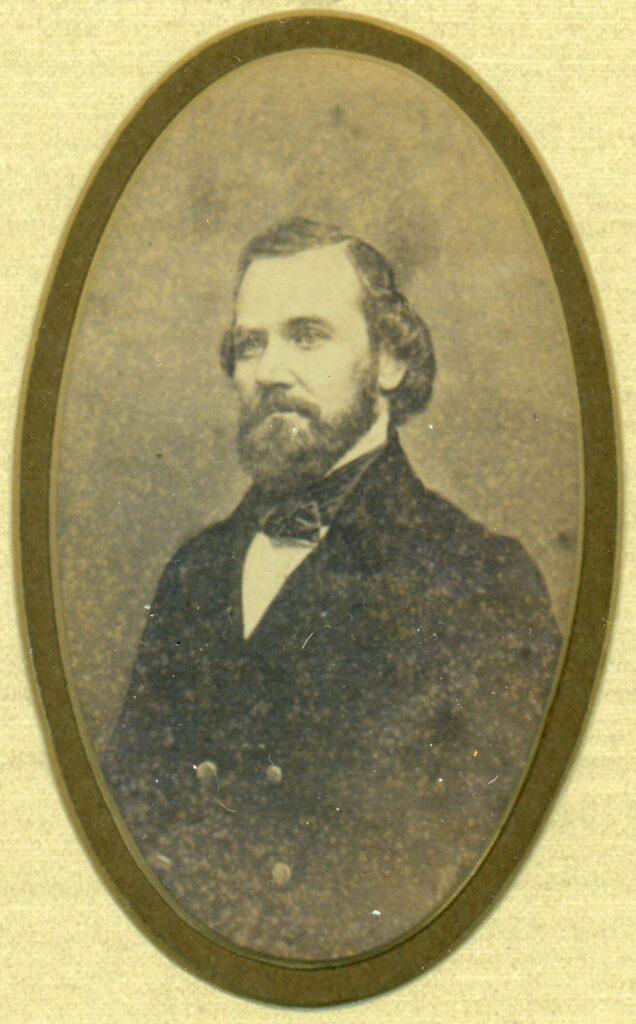Section #22 - The Southern States secede and the attack on Ft. Sumter signals the start of the Civil War
Chapter 276: CSA President Jefferson Davis Stalls For Time On Ft. Sumter
February 11, 1861
The Situation At Charleston Points To An Assault On Sumter

Once Governor Pickens learns from his DC messenger, Isaac Hayne, that Buchanan refuses to either abandon or sell Ft. Sumter, the pressure builds to launch an immediate attack.
It is spurred on daily by the South Carolina fire-eaters, the likes of Edmund Ruffin, Lawrence Keitt, R.B. Rhett and William Porcher Miles.
But Pickens’ military men also warn him that any attempt to storm Ft. Sumter would involve heavy casualties for his South Carolina units. Thus the better option: ring the fort and starve out its occupants in siege mode.
If firepower becomes necessary, the battery on Cummings Point, only 1350 yards south of the fort, will be called upon to lead the way.
Meanwhile, inside Sumter, Major Anderson continues to reconfigure his artillery in order to fire at an enemy to his back and sides rather than out to sea.
He will eventually manage to re-rig a total of 51 cannons in this fashion. Included among them are three massive 10” Columbiads, each weighting 15,000 lbs., each capable of hurling a 128 lb. shell over 4,800 yards. After assessing how best to deploy these ship killers, Anderson converts them into faux mortars aimed at his nearby adversaries.
Distances From Ft. Sumter To Batteries At:
| Cummings Point | Ft. Moultrie | Ft. Johnson | Castle Pinckney | |
| Yards | 1,350 | 1,800 | 2,300 | 4,500 |
On February 1, 1861, Anderson pauses to take care of one more duty. He requests, and is granted, access to a boat that carries the 42 women and children at his fort back to safety in Charleston.
February 12, 1861
Governor Pickens Hands The Sumter Decision Over To The New Confederation
Before Pickens can act, pleas for restraint pour into his office, most notably from Jefferson Davis and the new Confederate government. The fear here being twofold: an attack on Sumter would reduce the odds of a peaceful departure from the Union; and preparations for any open and extended warfare are lacking.
Pickens now feels like he is caught in the middle and looks for a way to squirm out. On Tuesday, February 12, he tries to force the issue by notifying Howell Cobb that:
I hope to be ready by Friday night, and I think I am prepared to take the fort or to silence it.
This tactic has the effect he now wants, as Cobb replies that the decision on what to do about Ft. Sumter now rests with President Davis and his new Confederate States of America cabinet.
In the end, the once bellicose Pickens seems relieved by yet another delay in the action. On February 19 he informs ex-President Tyler that he has called off any attack on Sumter. So once again a “pause” sets in at Charleston harbor.